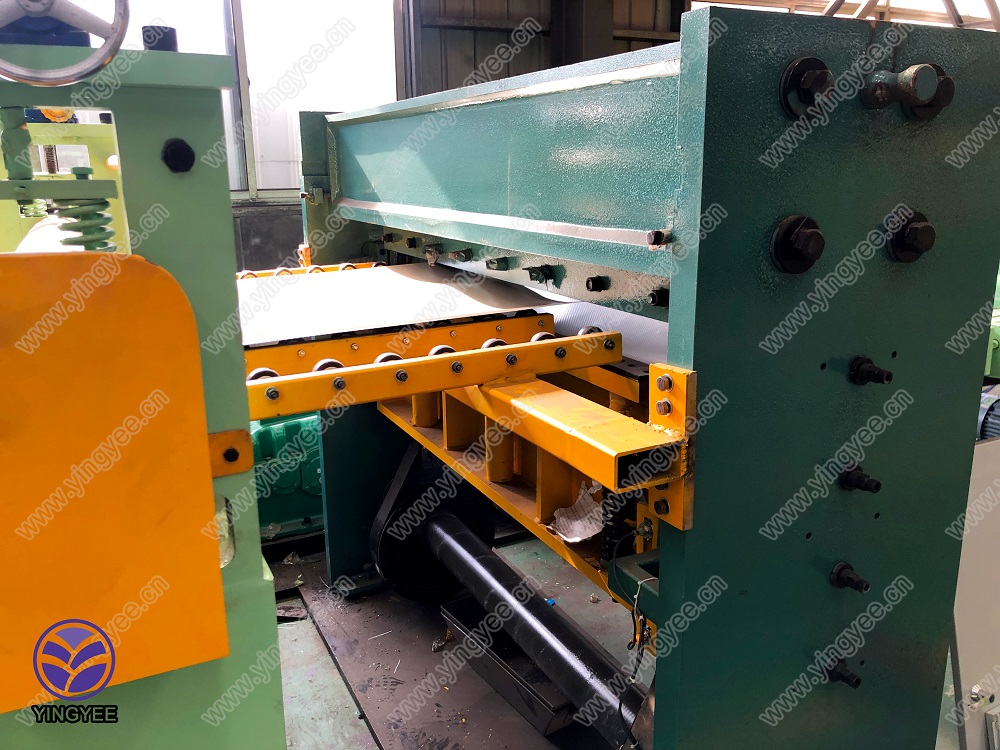
Stud and Track Keel Roll Forming An Overview
The construction industry has seen a significant evolution in manufacturing methods, with roll forming being one of the most efficient techniques for producing metal components. Among the various applications of roll forming, stud and track keel roll forming has gained prominence, particularly in the residential and commercial building sectors. This article explores the process, benefits, and applications of stud and track keel roll forming.
Understanding Stud and Track Systems
Stud and track systems are integral components of light gauge steel framing. In these systems, vertical studs (wall framing members) are accompanied by horizontal tracks (top and bottom framing members) that create the framework for walls, ceilings, and roofs. This setup provides a robust, lightweight structural framework that is non-combustible and resistant to moisture, mold, and pests.
Stud and track systems are predominantly used in commercial buildings, residential homes, and even modular constructions. They facilitate quicker assembly times and lower labor costs, making them an attractive choice for builders and contractors.
The Roll Forming Process
Roll forming is a continuous bending operation that transforms flat metal sheets into custom shapes by passing them through a series of paired rollers. For stud and track keel roll forming, the process begins with a coil of flat steel. The metal is fed into the roll forming machine, which utilizes a series of specially designed rollers to shape the flat steel into the desired profile.
Each set of rollers gradually bends the metal sheet, allowing for intricate shapes that meet specific design criteria. The precision of roll forming ensures that the resulting studs and tracks maintain tight tolerances, allowing for easy assembly and construction. Additionally, the process can accommodate various steel thicknesses, providing flexibility in design based on structural requirements.
Benefits of Stud and Track Keel Roll Forming

1. Efficiency The roll forming process is highly efficient, producing large lengths of stud and track profiles with minimal waste. Once the tooling is set up, production runs can be sustained without the need for constant adjustments.
2. Cost-Effectiveness Given the continuous nature of roll forming, companies can significantly reduce labor and production costs. The ability to produce components rapidly also means shorter lead times.
3. Strength and Durability Steel framed structures made with stud and track systems are known for their strength and durability. They are less prone to warping or deterioration than wood and can withstand various environmental challenges.
4. Customization Roll forming allows for customization in terms of length, shape, and thickness, enabling builders to tailor components to specific project requirements.
5. Sustainability Steel is a recyclable material, making stud and track systems a more sustainable choice in construction. The roll forming manufacturing process also generates less waste compared to other methods.
Applications of Stud and Track Keel Roll Forming
Stud and track systems produced through roll forming have extensive applications in various types of construction. They are commonly used in
- Interior wall framing for offices and residential buildings. - Partitions in commercial spaces. - Ceilings and roof systems. - Modular and prefabricated construction solutions.
Overall, the stud and track keel roll forming process plays a crucial role in modern construction, enhancing efficiency and reliability while meeting the ever-growing demands of the industry. As technology progresses, the techniques and materials used in roll forming will continue to evolve, further solidifying its importance in sustainable and innovative building practices.